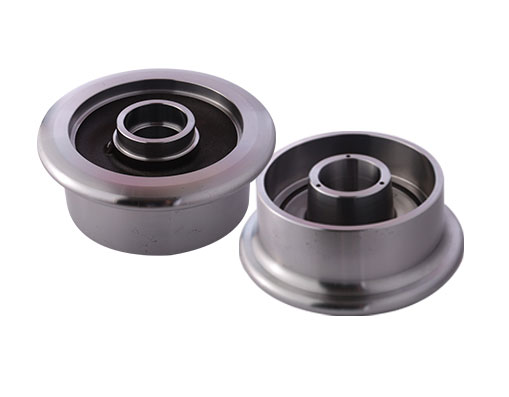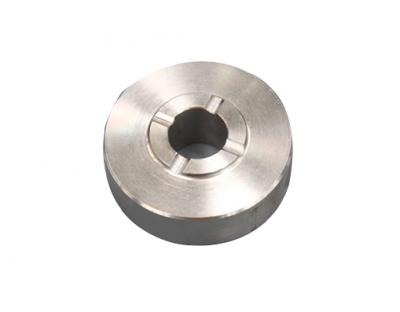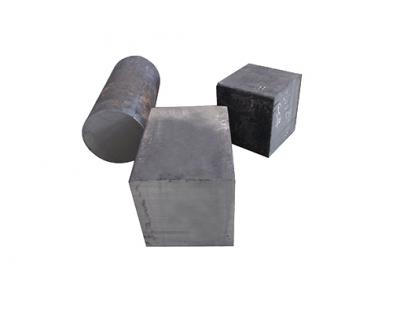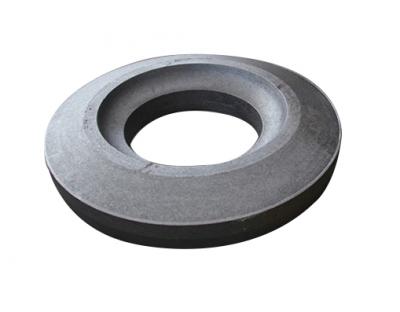Common materials for transmission helical gears
Cultivate a group of mechanical engineers who can understand the essence of planning and combine theory with planning - non-standard mechanical planning and production. Transmission helical gears rely on their own structural scale and data strength to accept external loads, which requires data with high strength Tolerance and.
Wear resistance; Due to the messy shape of the gear, the gear precision is required to be high, and the data technology is also required.
Commonly used materials are forged steel, cast steel, and cast iron.
1. Forged steel
Divided into two categories according to tooth surface hardness
For HB350, it is called soft tooth surface
When HB>350, it is called hard tooth surface
l. Tooth surface hardness HB<350
Technological process: Casting blank→normalizing-rough turning→quenching and tempering.finishing
Common data; 45.35SiMn.40Cr.40CrNi.40MnB
feature:
It has good induction function, the tooth surface has high strength and hardness, and the tooth core has good toughness.
After heat treatment, the precision of incisors can reach grade 8
Simple, economical, high productivity, low precision requirements
2. Tooth surface hardness HB>350
When choosing medium carbon steel:
Process flow: Casting rough → normalization → rough cutting → quenching and tempering → fine cutting → high-frequency quenching → low-temperature tempering → abrasive or abrasive
Run-in. EDM run-in.
Common materials: 45.40Cr.40CrNi
feature:
The tooth surface has high hardness HRC=48-55, high touch strength and good wear resistance.
Teeth hold toughness after tempering, good impact resistance and high bearing capacity.
The accuracy is reduced by half and can reach level 7 accuracy.
Suitable for large-scale production, such as:. Medium-duty transmission gears, such as machine tools.
When choosing mild steel:
Casting blank → normalization → rough cutting → quenching and tempering → fine cutting → carburizing and quenching → low temperature tempering → gear grinding. Up to level 6.7.
Common information; 20Cr.20CrMnTi.20MnB.20CrMnTo
feature:
Tooth surface hardness, strong bearing capacity.
The core has good impact resistance
It is suitable for high speed, heavy load, main drive gear of locomotive and aviation gear in the case of overload transmission or compact structure.
2. Cast steel
When the gear diameter d>400mm, when the structure is messy and casting is difficult, you can choose cast steel
Information ZG45.ZG55, normalizing treatment.
3. Cast iron
Strong resistance to gluing and pitting, but poor impact and wear resistance.
Appropriate operation is stable, the power is not large, the speed is low or the size is large, and the shape is messy. Can work under oil-starved conditions, suitable for open transmission
verb: move.
4. Non-metal materials
Cloth. Wood. Plastic. Nylon. Suitable for high speed and light load.
When selecting materials should consider:
The working conditions of the gear are different, and the damage mode of the gear is also different, which is the basis for determining the gear strength calculation standard, selecting data and heat treatment.
1. When subjected to impact loads, if the gear teeth are easy to break, materials with better resistance should be used, and low-carbon steel can be used for carburizing and quenching.
2. For high-speed closed transmission, the tooth surface is prone to pitting, so materials with better tooth surface hardness should be used, and medium carbon steel can be selected for surface quenching.
3. For low speed and medium load, tooth fracture, pitting and wear, mechanical strength and tooth surface hardness should be selected.
For materials with good mechanical properties, carbon steel can be selected for quenching and tempering fine cutting.
4. Consider resources and supply conditions, and strive to have fewer types of data and facilitate management.
5. When the structural size is required to be compact and the wear resistance is high, alloy steel should be selected.
6. The equipment and technical conditions of the production unit.





